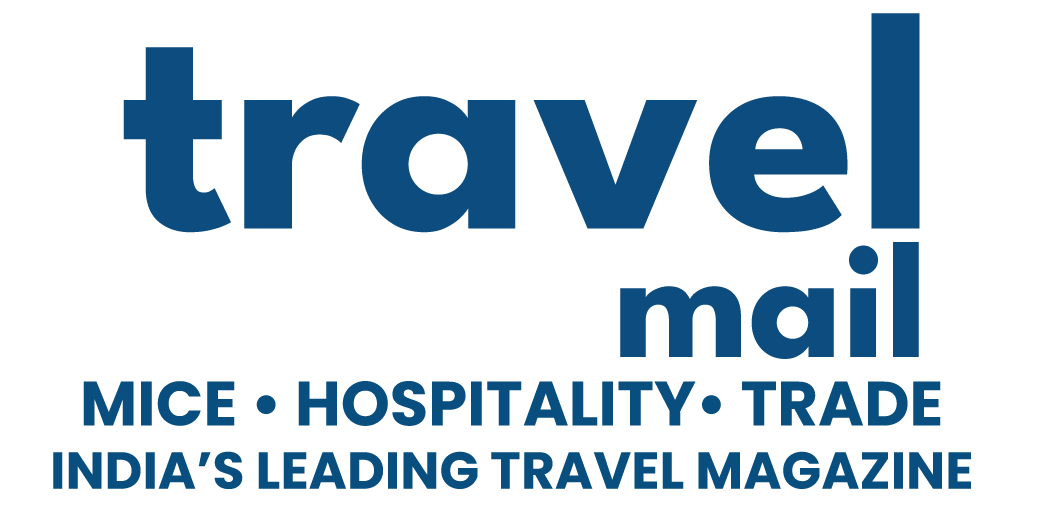A Landmark Decision for the Aviation Sector
Union Civil Aviation Minister, Shri Kinjrapu Rammohan Naidu, recently announced the implementation of a uniform IGST rate of 5% on all aircraft and aircraft engine parts, effective from July 15, 2024. This monumental decision is set to revolutionize the domestic Maintenance, Repair, and Overhaul (MRO) industry, positioning India as a global aviation hub.
Commenting on this development, Shri Naidu, said, “The introduction of a uniform 5% IGST rate on MRO items is a major boost for the aviation sector. Previously, the varying GST rates of 5%,12%, 18%, and 28% on aircraft components created challenges, including an inverted duty structure and GST accumulation in MRO accounts. This new policy eliminates these disparities, simplifies the tax structure, and fosters growth in the MRO sector.”
Visionary Leadership Driving Change
The Union Minister underscored the pivotal role of Prime Minister Shri Narendra Modi’s visionary leadership in making this change possible. “Under the guidance of Prime Minister Modi, we are committed to the Atma Nirbhar Bharat initiative. His support for transforming India into a leading aviation hub has been crucial in driving this policy forward,” he added.
Collaborative Efforts Yield Results
The Minister applauded the concerted efforts of the Ministry of Civil Aviation, the Ministry of Finance, and other stakeholders who have worked diligently to achieve this policy adjustment. Recommended by the GST Council in its 53rd meeting on June 22, 2024, the uniform 5% IGST rate aims to reduce operational costs, resolve tax credit issues, and attract investment.
Building a Robust MRO Ecosystem
Highlighting the prospects, Shri Rammohan Naidu stated, “Our vision is to transform India into a leading aviation hub. The Indian MRO industry is projected to become a $4 billion industry by 2030. This policy change is a crucial step towards building a strong ecosystem for MRO services, driving innovation, and ensuring sustainable growth.”
The Ministry is confident that this move will significantly enhance the competitiveness of the Indian MRO sector, fostering innovation and efficiency, and creating a robust and efficient aviation sector.
Impact of Uniform IGST on the MRO Industry
Simplified Tax Structure
The implementation of a uniform 5% IGST rate on MRO items is a significant step towards simplifying the tax structure in the aviation sector. Previously, the industry faced a complex system with multiple GST rates ranging from 5% to 28%, leading to an inverted duty structure and GST accumulation in MRO accounts. This new policy eliminates these disparities, creating a streamlined tax environment that promotes growth and stability.
Cost Reduction and Investment Attraction
One of the primary benefits of the uniform IGST rate is the reduction in operational costs for MRO service providers. Lower taxes translate to decreased expenses, enabling companies to invest more in their operations and expand their services. This, in turn, attracts both domestic and international investment, bolstering the overall growth of the MRO industry.
Resolving Tax Credit Issues
The previous tax regime posed significant challenges for MRO providers, including issues related to tax credits. The new uniform IGST rate addresses these concerns by simplifying the process and ensuring that companies can efficiently manage their tax credits. This resolution is expected to improve cash flow and operational efficiency within the industry.
Boosting Competitiveness
With a simplified tax structure and reduced operational costs, Indian MRO service providers are poised to become more competitive on the global stage. The ability to offer high-quality services at lower prices will attract more business from international airlines, further establishing India as a premier destination for MRO services.
The Path to a $4 Billion Industry
The projection that the Indian MRO industry will reach $4 billion by 2030 is a testament to the potential and ambition of the sector. This growth will be driven by several key factors:
Increasing Aircraft Fleet
India’s rapidly expanding aircraft fleet is a major driver of growth for the MRO industry. As airlines continue to add new aircraft to their fleets to meet the rising demand for air travel, the need for maintenance, repair, and overhaul services will also increase. This creates a substantial market for MRO providers, contributing to the industry’s overall growth.
Strategic Location
India’s strategic geographical location makes it an ideal hub for MRO services. Positioned between Europe and Southeast Asia, India can serve as a convenient stopover for international airlines requiring maintenance services. This geographical advantage enhances India’s appeal as a global aviation hub.
Skilled Workforce
India boasts a highly skilled workforce in the aviation sector, including engineers, technicians, and other professionals. This talent pool is essential for delivering top-notch MRO services and ensuring the industry can meet the demands of both domestic and international clients.
Government Support
The Indian government’s continued support for the aviation sector, including initiatives like the uniform IGST rate, plays a crucial role in driving growth. Policies that promote investment, innovation, and efficiency will be key to achieving the $4 billion target.
Innovation and Sustainability in MRO
Driving Innovation
Innovation is a cornerstone of the MRO industry’s future success. The adoption of advanced technologies, such as predictive maintenance, digital twins, and automation, will revolutionize how maintenance and repair services are delivered. These innovations enhance efficiency, reduce downtime, and improve overall service quality.
Sustainable Practices
Sustainability is becoming increasingly important in the aviation industry, and the MRO sector is no exception. Implementing eco-friendly practices, such as reducing waste, recycling materials, and using green technologies, will not only benefit the environment but also attract environmentally conscious clients. The Indian MRO industry is committed to adopting sustainable practices to ensure long-term growth and environmental stewardship.
Read more at TravelMail | Follow us on Facebook | Twitter | and Instagram for on-the-go news

